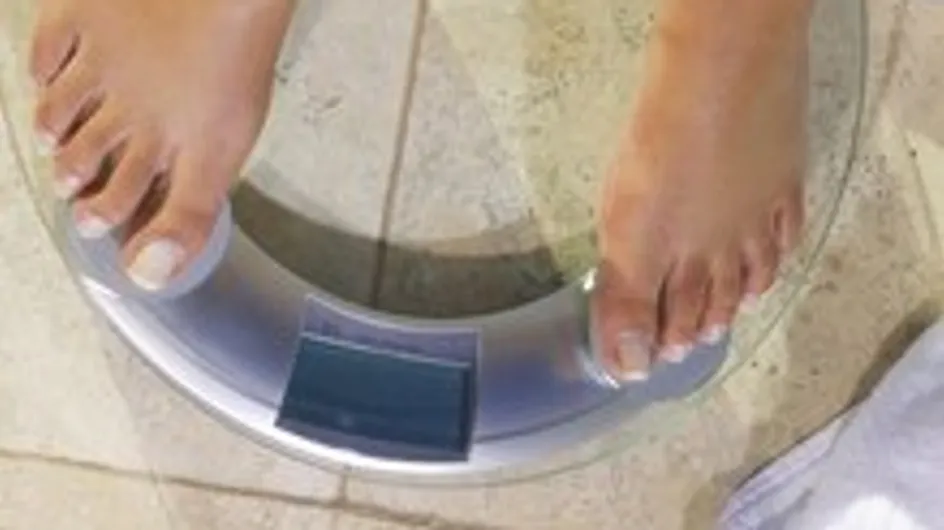It's useful to know how much you weigh, but if you're keeping a close eye on your health and your waistline, it's also good to know your body fat and even muscle content. You can use hi-tech scales with body fat monitors to chart your weight and body composition in the comfort of your own home.
Body fat monitors
Body fat used to be roughly measured using a device that measured the thickness of fat from folds of skin on different areas of the body. Nowadays, we use bioelectric monitors (which use bioelectrical impedance analysis or BIA), which give a fast, simple and accurate body fat percentage.
Fat is different from other substances like muscle in that it resists electric currents, so by running a weak electric current through the body, monitors can give an accurate percentage of body fat. The more resistance the bioelectric current meets, the higher the fat content in your body.
Health professionals (doctors and dieticians) use electrodes placed on various parts of the body to measure fat content, but home fat monitors are just a set of weighing scales. They work in the same way as professional monitors, running a weak current through your body, giving you a body fat percentage very quickly. Some can also give readings for muscle, water and bone content. They're quick, accurate and painless.
What purpose do they serve?
When we want to lose weight for the sake of our health (or because we want to get back into our jeans), we tend to focus on our overall body weight, which only gives a global view and includes weight from liquids (blood and water), muscles, skin, bones, guts, organs and fat. So you can have very little body fat but weigh a lot if you're muscular, big-boned or suffer from water retention. Working out your body fat can tell you if you really need to diet and also tell you accurately whether or not a diet is working.
How do you use them?
- Body fat monitors look like ordinary weighing scales, the only difference being the price (from around £30-£150 on average). You enter your age, sex and height on the screen, step on the scales, making sure your feet are properly positioned, and wait for the results to flash up.
- Take your reading at the same time of day, always barefoot. It's important to take it at the same time because your body weight and fat content fluctuate throughout the day. When you get up in the morning, the water in your body isn't very evenly spread; throughout the course of the day it spreads more evenly throughout your body, so an electric current will conduct better in the evening. To get the most accurate result, take your reading in the early evening.
- There's no point working out your body fat percentage if you have nothing to compare it to! To find out if you're too 'fat,' compare your percentage to the average for your age:
Women aged 18-39 = 21-32%
Women aged 40-59 = 23-33%
Women aged 60-79 = 24-35%
Men aged 18-39 = 8-19%
Men aged 40-59 = 11-21%
Men aged 60-79 = 14-24%
Are they suitable for me?
People with an artificial pacemaker or any other kind of internal device fitted should not use body fat monitors because of the electric current (however weak). They are also not recommended for pregnant women (and not much use anyway!).
Athletes who have a lot of muscle mass and a special metabolism should use special sports body fat monitors because their bodies will show more resistance to the electric current in ordinary monitors. Most brands have special sports monitors with a different way of calculating fat content accurately. You're better off with one of these if you do more than 10 hours of exercise a week.
There are also child-friendly monitors which kids from the age of 7 can use.














